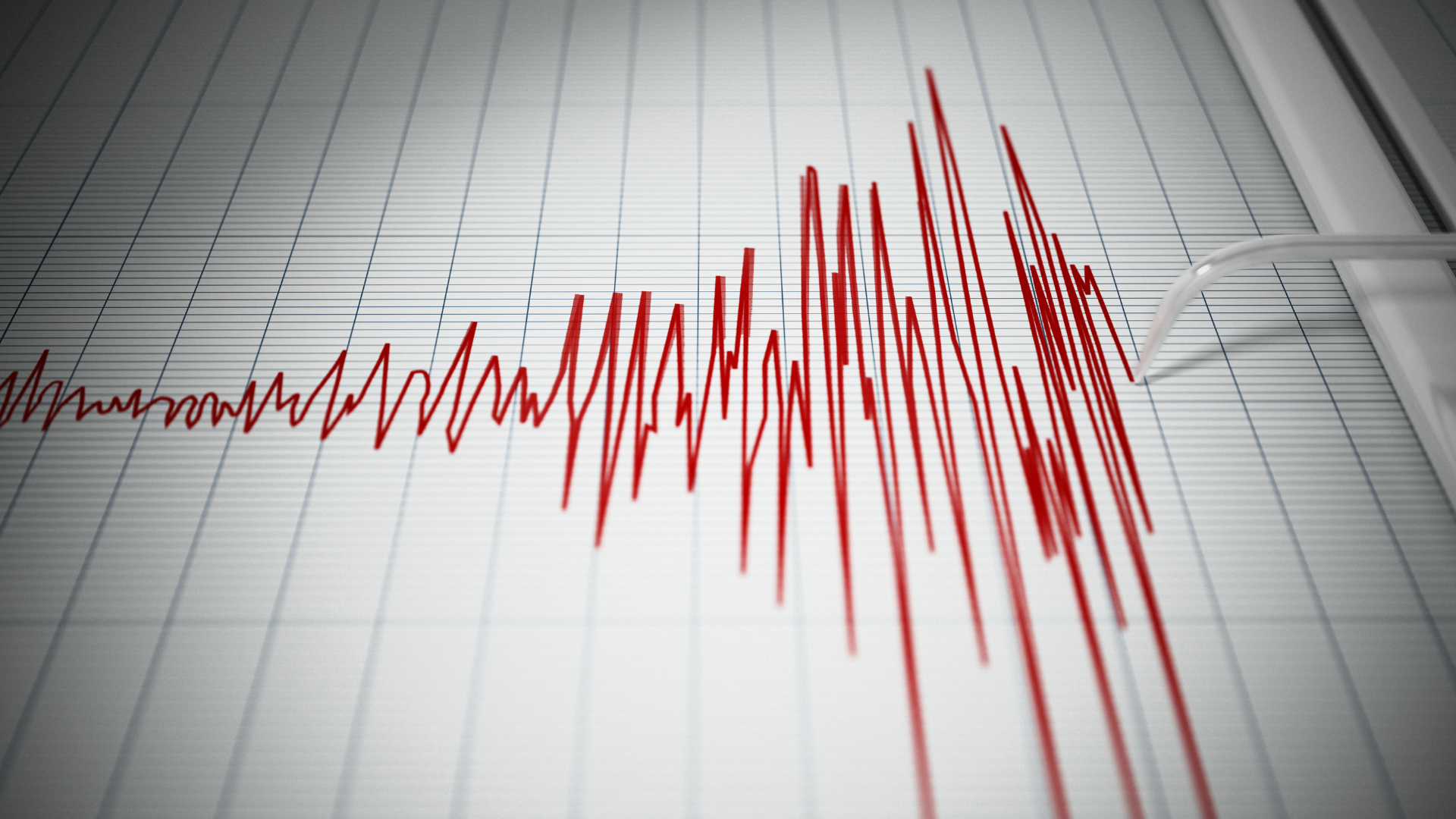The Philippines, located along the Pacific “Ring of Fire,” faces a high risk of devastating earthquakes. One of the most concerning threats is the potential magnitude 7.2 earthquake along the West Valley Fault, often called “The Big One.” If it strikes, it could lead to massive casualties and widespread destruction, especially in Metro Manila.
To mitigate the impact, the Office of Civil Defense (OCD) stresses the importance of strict compliance with the National Building Code. Ensuring structures can withstand strong tremors is a key strategy in reducing casualties and damage. According to OCD Administrator Undersecretary Ariel Nepomuceno, proper engineering solutions and adherence to safety standards are critical in earthquake preparedness.
Public awareness and readiness also play a crucial role. Nationwide earthquake drills teach the “Drop, Cover, and Hold” technique, ensuring individuals know how to protect themselves during tremors. Additionally, initiatives like PH72 encourage Filipinos to prepare emergency plans, store essential supplies, and stay connected with their communities within 72 hours after a disaster.
While the country has made progress in earthquake preparedness, continuous efforts are needed. Strengthening disaster mitigation measures, enforcing building codes, and fostering a culture of resilience will be essential in safeguarding lives and sustaining economic stability in the face of inevitable seismic events


